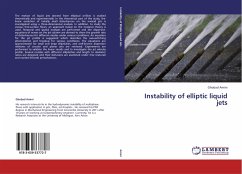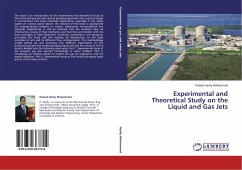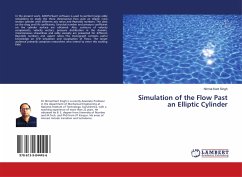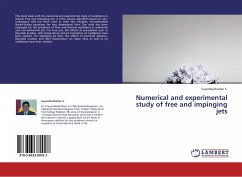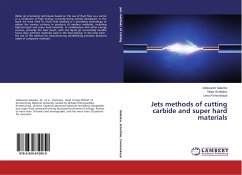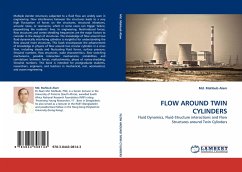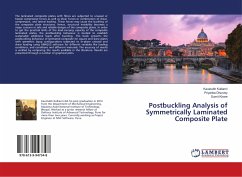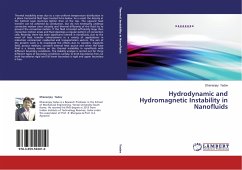The motion of liquid jets ejected from elliptical orifices is studied theoretically and experimentally. In the theoretical part of the study, the linear evolution of initially small disturbances on the inviscid jets is investigated using a three-dimensional analysis. In addition, to study the viscous free-surface flows, an approach based on the Cosserat theory is used. Temporal and spatial analyses are performed and the dispersion equations of waves on the jet column are derived to show the growth rate of disturbances for different modes under various conditions. An equation for the jet profile is suggested which describes the axis-switching phenomenon and breakup for various conditions. The equations are approximated for small and large ellipticities, and well-known dispersion relations of circular and planar jets are retrieved. Experiments are performed to validate the linear results and to investigate the jet velocity profile. Several nozzles with different ellipticities and length to diameter ratios are designed and their behaviors are examined under free (natural) and excited (forced) perturbations.
Bitte wählen Sie Ihr Anliegen aus.
Rechnungen
Retourenschein anfordern
Bestellstatus
Storno

